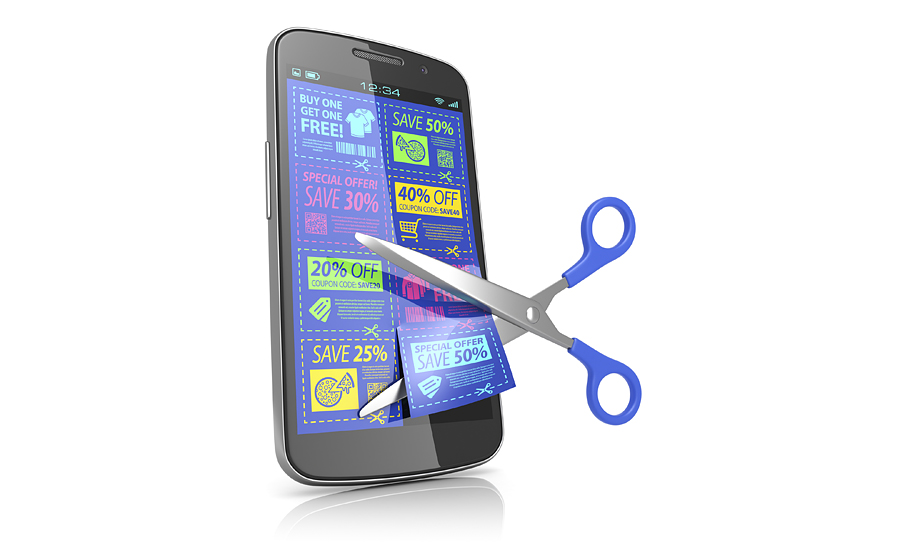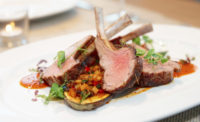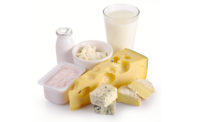Digital connectivity may be driving stress rates up, but it's also helping to bring consumers together over food and drink. Whether around the dining table or in social media conversations, food has emerged as a way to come together around matters of taste, ethics, culture and sociability, according to experts from MSLGROUP, Seattle Wash.
MSLGROUP's food and beverage experts monitor trends and industry research, and counsel America's food industry from farm to fork. Each year the expert team collectively synthesizes insights from extensive reviews of industry developments, attendance at a dozen industry meetings and analysis of sector sales data.
"Following a year of discord and division over the politics of governance, consumers in 2017 will turn to something we can all agree on, namely, food and drink," says Steve Bryant, director, North America food and beverage marketing and PR. "Shared food will bring us together with a greater force than ever before, aided in many ways by technology. Think of it as a powerful glue that is binding us in new and different ways."
Joy Blakeslee, a registered dietitian who directs the MSLGROUP's North America Culinary & Nutrition Center, outlines 5 ways today’s interconnected food culture will drive conversations:
Technology will radically remake food acquisition. Paradoxically, we will increasingly depend on technology to provide "all-natural" food and drink – exactly when, where and how we want it. Food delivery and meal kit services will continue to change our food ways, and yet continue to face profitability questions. In 2017, SmartLabel technology will also allow us to know practically anything about the foods we eat and drink. The resulting "extreme transparency" will challenge foodmakers, delight some consumers and overwhelm others.
Consumers will act to limit food waste. Sustainability experts are getting their message across—Our society is wasting food to a shameful degree. Consumers feel this at an emotional level, and will respond in 2017 with thoughtful food waste reduction efforts – from zero-waste recipes, such as carrot-top pesto to snout-to-tail butchery. The associated cost savings will make this a trend that sticks.
Food will pervade social media conversations of all kind. With food emerging as the leading topic of conversation on social platforms, food bloggers have become powerful social influencers with four times the following of other bloggers. That's only natural – food is a common interest with endless variety and frequent consumption. Food attracts clicks in huge numbers. That's why in 2017, every consumer brand manager will be asking: How can we use food to start a conversation about our brand?
Consumers will rely more on nourishment for healing. As the pharmaceutical industry's reputation continues to suffer, life expectancy declines and the health insurance landscape faces destabilization, consumers will invest differently in their health. In 2017, food will increasingly become their favored "medicine," in both meals and food-based supplements. Even doctors will increasingly get on board.
Brands will become hyper-responsive to consumers. Reviews and ratings have reached a high art, and consumers, especially younger ones, won't even think about buying a product or meal without them, even if the expense is modest. Knowing this, marketers will be going all out to rapidly craft and evolve food and beverage products to win raves and thereby consumption. Products debuting to bad reviews may be withdrawn as quickly as a panned Broadway show. Online food shopping will continue to thrive, in part because the reviews are baked in.
"Smart marketers will tap into these trends as an opportunity for growth," says Blakeslee. "They all have the potential to drive consumer engagement through product development and promotion, social media engagement and media and influencer engagement."



